 Blaine Truitt Covert/OBT
Blaine Truitt Covert/OBT
By Bob Hicks
Last weekend I went to two dances and a play. The dances were Petrouchka and No Man’s Land. The play was Carmen.
This was odd, because No Man’s Land, a sort-of-comic psychic tussle at Artists Repertory Theatre, is by the revered British playwright Harold Pinter, whose brand of rhythmically menacing theater has been rewarded with its own descriptor, “Pinteresque.” And Carmen, although most noted as a rousingly crowd-pleasing opera by Georges Bizet, was in this case a freshly choreographed ballet version, by Christopher Stowell, premiered at Oregon Ballet Theatre along with the premiere of choreographer Nicolo Fonte’s new Petrouchka, a ballet made famous in 1911 by the fortuitous teaming of the young choreographer Michel Fokine, the young composer Igor Stravinsky and the young star Vaslav Nijinsky for the slightly older impresario Sergei Diaghilev’s Ballets Russes.
 Still. Of course No Man’s Land is a play, but in its distillation of psychological and philosophical themes and its virtual abandonment of plot, which seems to have been dropped unceremoniously through a trap door in the stage floor, it takes on the musically suggestive qualities of dance. And of course Carmen is a ballet. But as Bizet and his opera librettists, Henri Meilhac and Ludovic Havely, devised it (they were working from an earlier novella by Prosper Merimee, who in turn may have been working from a narrative poem by Alexander Pushkin) the story is indisputably theatrical, a twisting and exciting tale of action and big moments leading thrillingly to tragedy. Stowell chose to keep those elements — indeed, Bizet’s music almost demands it — creating an uncompromisingly theatrical ballet. Fonte, working with Stravinsky’s jagged and compellingly modern score and incorporating a good deal of Fokine’s original movement style, took an opposite approach, distilling almost to the point of pure dance Petrouchka‘s sad folk tale of a puppet who comes to life, falls in love, and is murdered. (It’s a tough fate: all Pinocchio got was a long nose and a short stint in a whale’s belly.)
Still. Of course No Man’s Land is a play, but in its distillation of psychological and philosophical themes and its virtual abandonment of plot, which seems to have been dropped unceremoniously through a trap door in the stage floor, it takes on the musically suggestive qualities of dance. And of course Carmen is a ballet. But as Bizet and his opera librettists, Henri Meilhac and Ludovic Havely, devised it (they were working from an earlier novella by Prosper Merimee, who in turn may have been working from a narrative poem by Alexander Pushkin) the story is indisputably theatrical, a twisting and exciting tale of action and big moments leading thrillingly to tragedy. Stowell chose to keep those elements — indeed, Bizet’s music almost demands it — creating an uncompromisingly theatrical ballet. Fonte, working with Stravinsky’s jagged and compellingly modern score and incorporating a good deal of Fokine’s original movement style, took an opposite approach, distilling almost to the point of pure dance Petrouchka‘s sad folk tale of a puppet who comes to life, falls in love, and is murdered. (It’s a tough fate: all Pinocchio got was a long nose and a short stint in a whale’s belly.)
 Tom Prochaska, So Much To Do, Froelick Gallery
Tom Prochaska, So Much To Do, Froelick Gallery
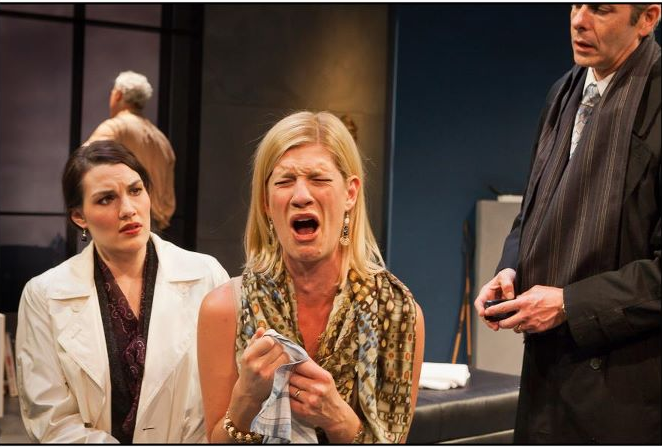
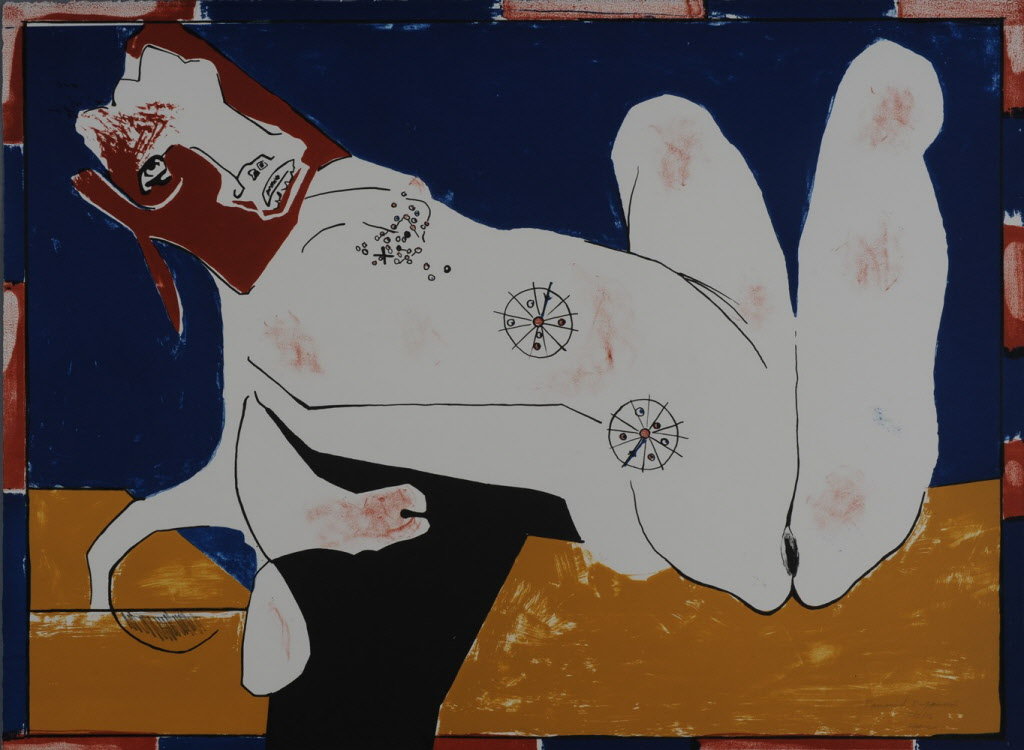

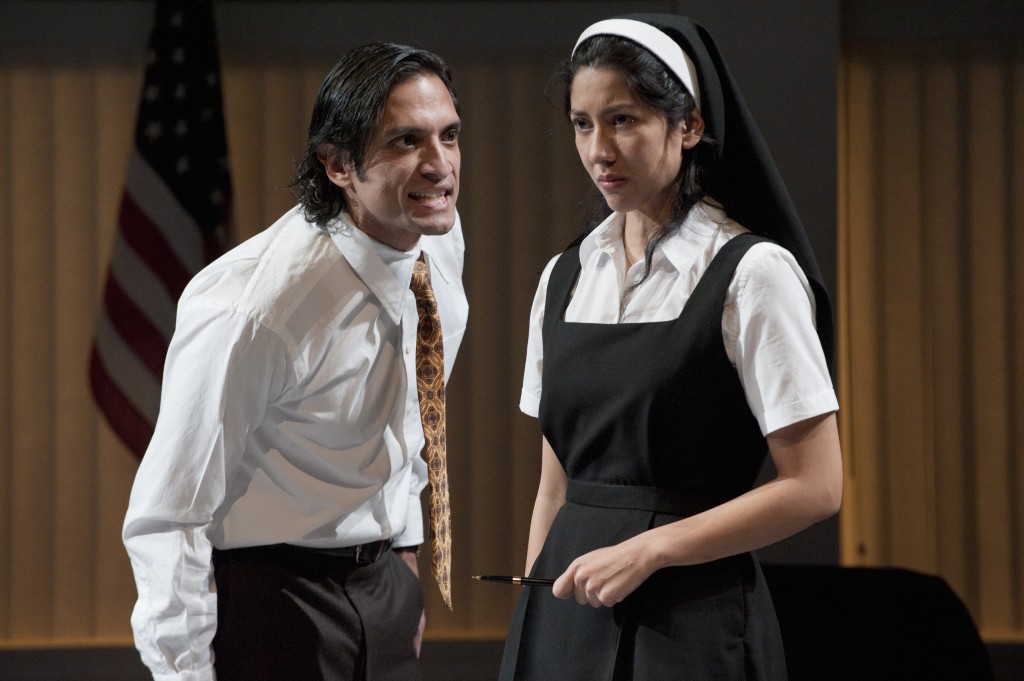 David Cooper/OSF
David Cooper/OSF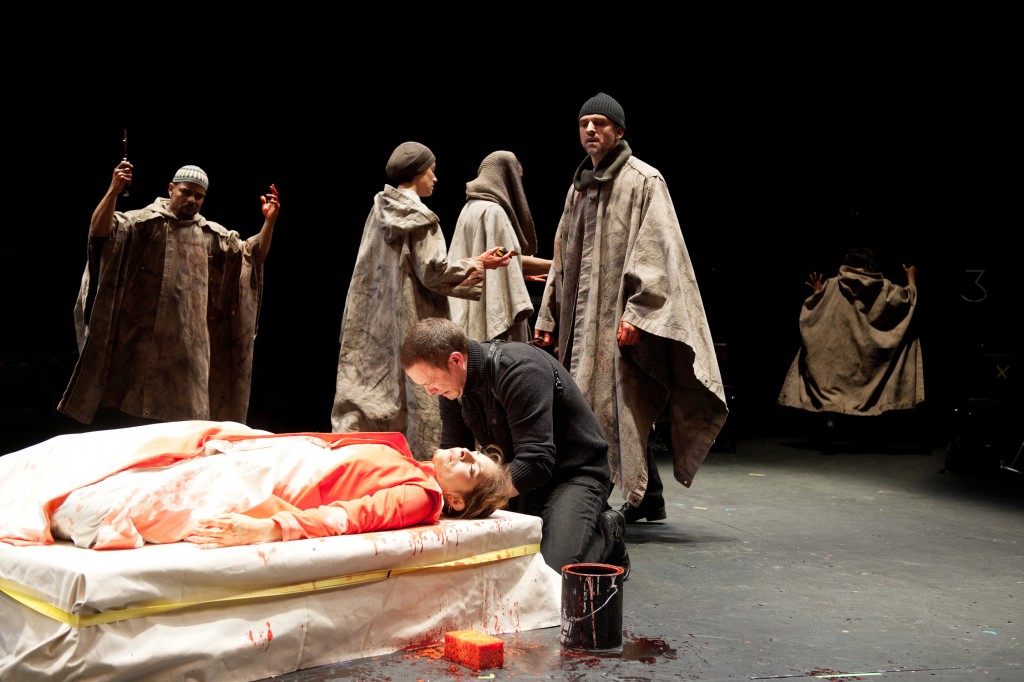 Jenny Graham/OSF
Jenny Graham/OSF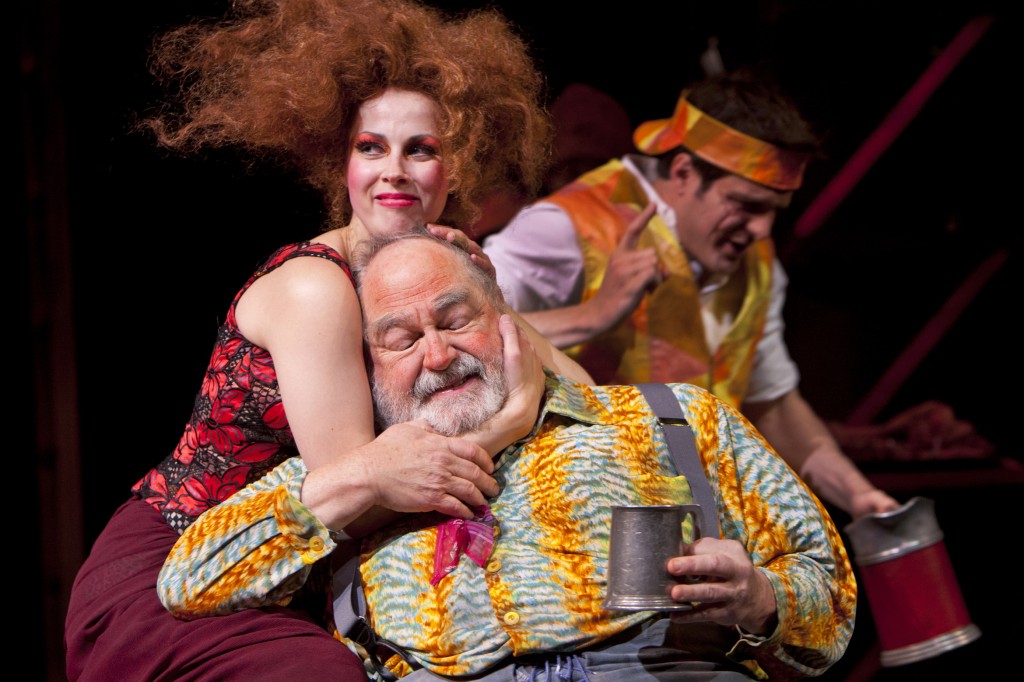 T. Charles Erickson/OSF
T. Charles Erickson/OSF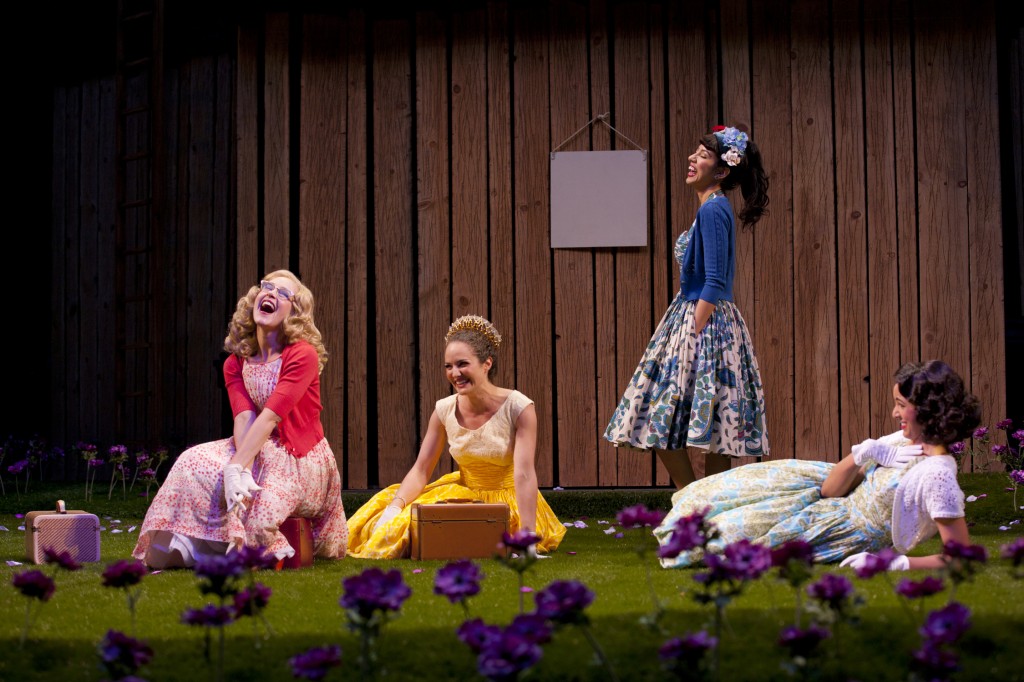 T. Charles Erickson/OSF
T. Charles Erickson/OSF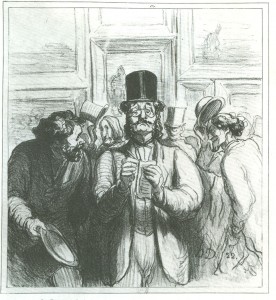 I have been a critic.
I have been a critic.